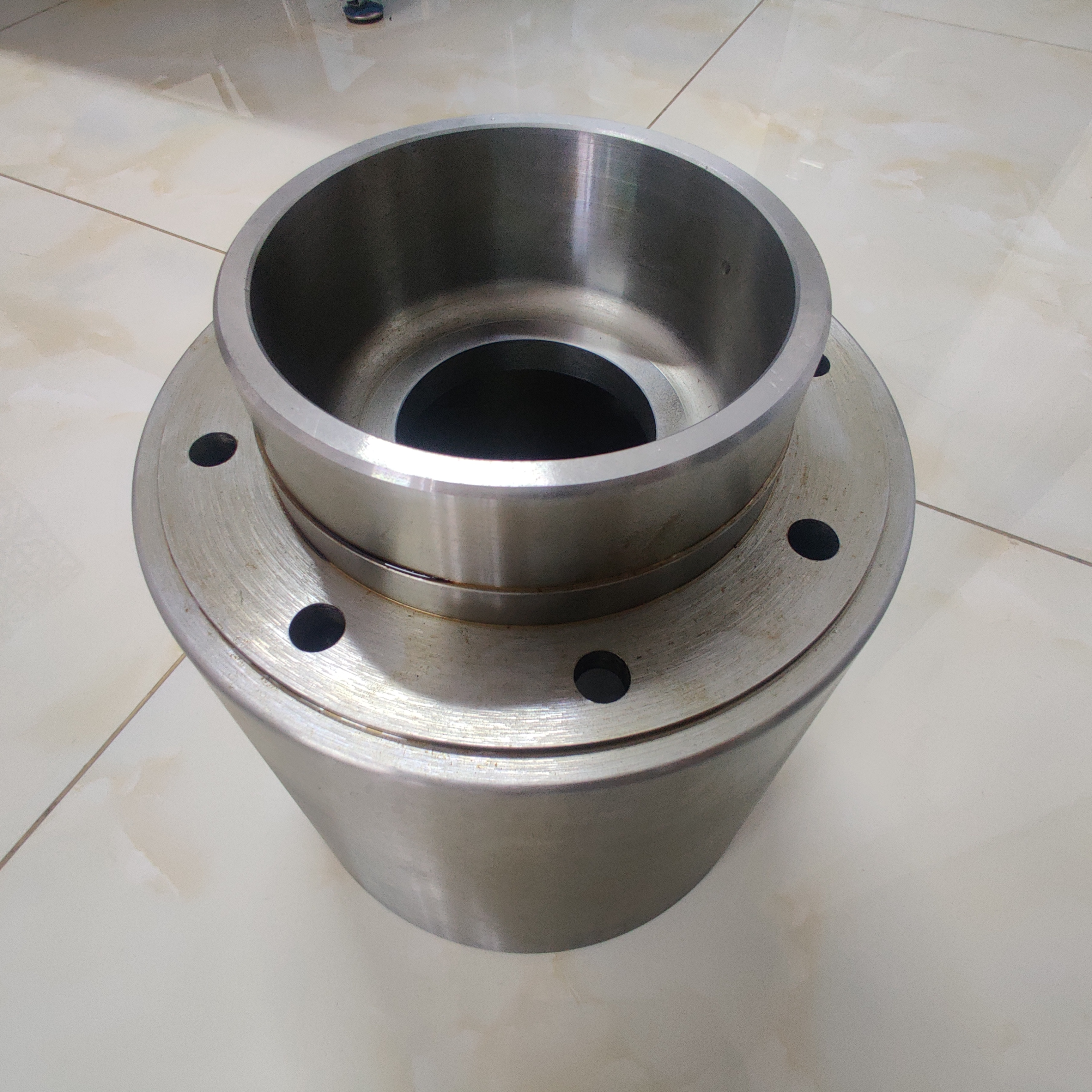1. Working conditions of shaft parts
(1) It is mainly subjected to the compound action of alternating bending and torsional stress during work;
(2) There is relative movement between the shaft and the parts on the shaft, and there is friction and wear between them;
(3) The shaft will vibrate during high-speed operation, causing the bearing to be subjected to impact load;
(4) Most shafts are subject to some overload load.
2. Failure mode of shaft parts
(1) Fatigue fracture under long-term alternating load (including torsional fatigue and bending fatigue fracture);
(2) Excessive deformation and fracture caused by large load or impact load;
(3) Excessive surface wear caused by relative movement with other parts.
3. Performance requirements of shaft parts
(1) Good comprehensive mechanical properties, sufficient strength, plasticity and certain toughness to prevent overload fracture and impact fracture;
(2) High fatigue strength and low sensitivity to stress concentration to prevent fatigue fracture;
(3) Sufficient hardenability, after heat treatment, the surface must have high hardness and high wear resistance to prevent wear and tear failure;
(4) Good cutting performance and cheap price.
4. Shaft parts material and material selection method
1) Material
Manufactured from forged or rolled low- or medium-carbon steel or alloy steel (both strength and toughness, while considering fatigue resistance); general shaft parts use carbon steel (cheap, have certain comprehensive mechanical properties, and are less sensitive to stress concentration ), such as 35, 40, 45, 50 steel, after normalizing, quenching and tempering or surface quenching heat treatment to improve performance; when the load is large and the shape, size and weight of the shaft must be limited, or the wear resistance of the journal is high. Alloy steel is used, such as 40Cr, 40MnB, 40CrNiMo, 20Cr, 20CrMnTi, etc.; nodular cast iron and high-strength gray cast iron can also be used as materials for the crankshaft.
2) Selection principle
It depends on the size and type of the load. Shafts that are mainly subjected to torsion and bending do not need steels with high hardenability; shafts subject to axial loads should have relatively high hardenability due to the greater force at the center.
Post time: May-08-2023











